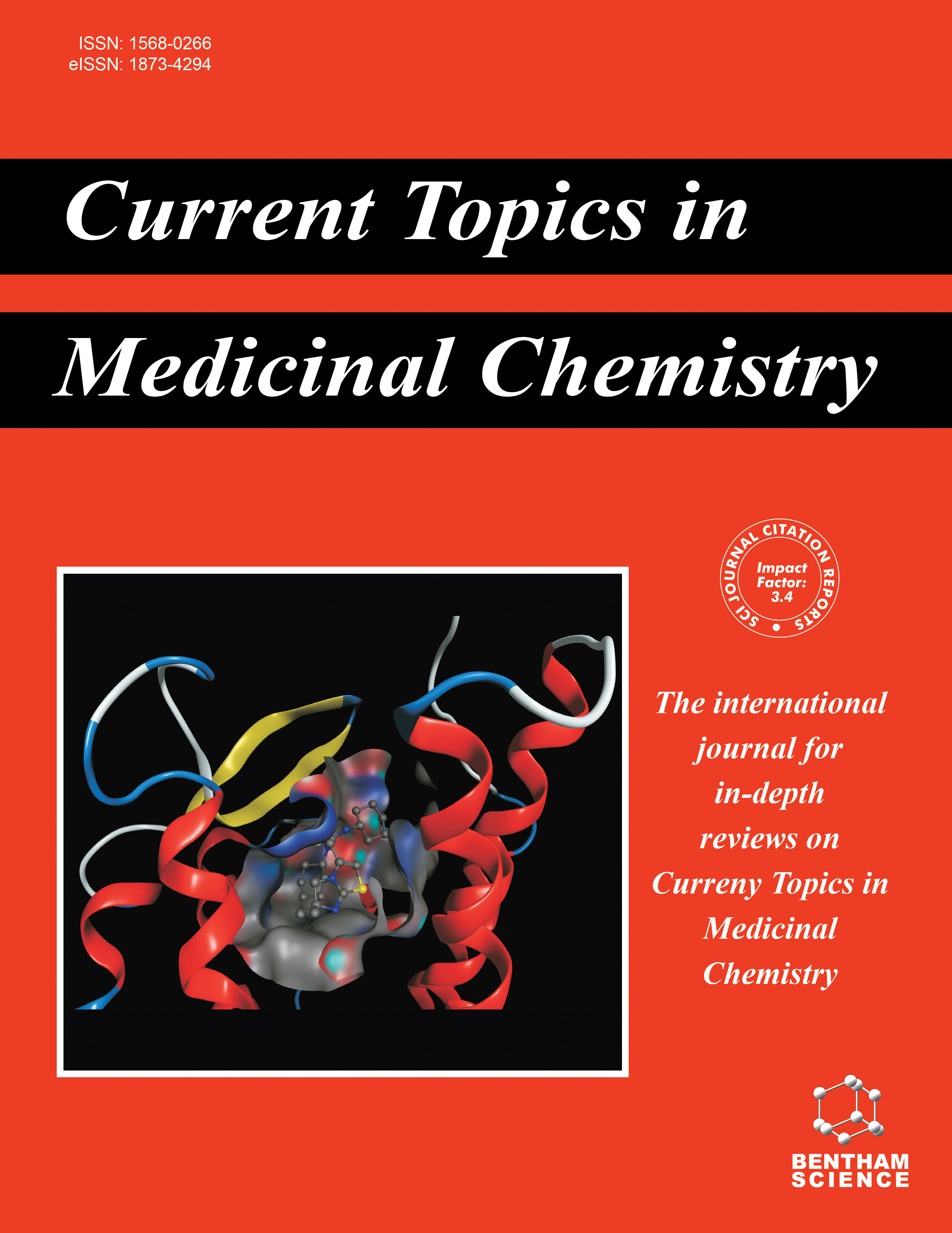
Full text loading...
Diabetes mellitus (DM) manifests as a complex and chronic metabolic disorder, posing a significant threat to global public health and contributing substantially to mortality rates. It is characterized by elevated blood glucose levels or hyperglycemia and requires effective preventive and therapeutic strategies. One promising approach involves targeting the inhibition of α-glucosidase and α-amylase, key enzymes responsible for carbohydrate hydrolysis. Inhibiting these enzymes proves beneficial in reducing postprandial glucose levels and mitigating postprandial hyperglycemia. However, existing antidiabetic medications are associated with undesirable side effects, highlighting the need to develop new molecules with increased efficacy and reduced side effects. Traditional methods for designing such molecules are often lengthy and costly. To address this, computer-based molecular modeling tools offer a promising approach to evaluate the anti-diabetic activities of chemical compounds. This review aims to compile information on chemical compounds assessed for their anti-diabetic activities through molecular modeling, with a particular focus on the period from 2020 to 2023.

Article metrics loading...

Full text loading...
References


Data & Media loading...

